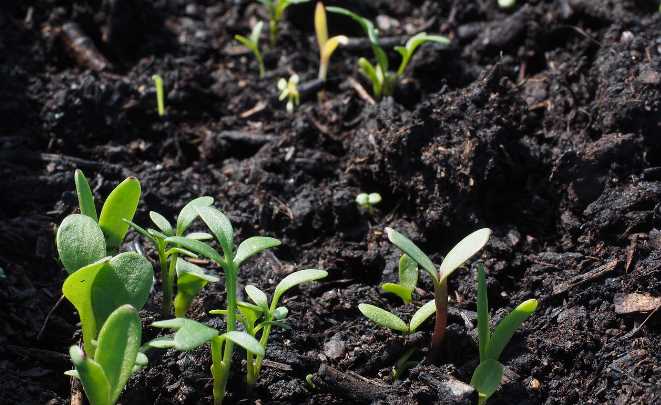Proper watering is crucial for the health and growth of your plants. It can be tricky to know exactly how much water your plants need, as over-watering can be just as harmful as under-watering. In this article, we will discuss different watering techniques to help you ensure proper hydration for your plants.
1. Understanding your plants’ water needs
Before diving into specific watering techniques, it’s important to understand the water needs of your plants. Different plants have different requirements based on factors such as their species, size, and environment. Some plants prefer moist soil, while others prefer drier conditions.
1.1 Research your plants
Take the time to research each plant in your garden or indoor space to understand its specific water requirements. This will help you tailor your watering schedule to meet the needs of each individual plant.
2. Watering techniques
There are several techniques you can use to water your plants effectively. The right technique will depend on the type of plant, its size, and the environment in which it’s growing.
2.1 Hand watering
Hand watering is the most straightforward method of watering your plants. You can use a watering can or hose to control the amount of water each plant receives.
2.2 Drip irrigation
Drip irrigation is a more efficient way to water your plants, as it delivers water directly to the roots where it’s needed most. This method also helps prevent water waste and reduces the risk of over-watering.
3. Watering schedule
Creating a regular watering schedule can help ensure that your plants receive the right amount of water consistently. Factors such as temperature, humidity, and plant type should be considered when determining how often to water.
3.1 Table of watering frequency
| Plant Type | Watering Frequency |
|---|---|
| Succulents | Every 2-3 weeks |
| Vegetables | 1-2 times per week |
| Indoor plants | Varies depending on species |
4. Signs of over-watering and under-watering
It’s important to be able to recognize the signs of over-watering and under-watering so you can adjust your watering practices accordingly. Over-watering can lead to root rot, while under-watering can cause wilting and browning of leaves.
4.1 Over-watering signs
Signs of over-watering include yellowing leaves, mushy stems, and mold growth. If you notice these symptoms, allow the soil to dry out before watering again.
4.2 Under-watering signs
Signs of under-watering include drooping leaves, dry soil, and slow growth. To remedy under-watering, water your plants more frequently and ensure they receive enough hydration.
5. Key takeaways
- Understanding your plants’ water needs is crucial for proper hydration.
- Choosing the right watering technique can help prevent over-watering and under-watering.
- Creating a watering schedule based on plant type and environmental factors is key to maintaining healthy plants.
6. Frequently asked questions
Here are some common questions related to watering techniques:
6.1 How much water does my plant need?
The amount of water your plant needs will vary depending on its species, size, and environment. Research your plant’s specific water requirements to determine the right amount.
6.2 Can I water my plants too much?
Yes, over-watering can be harmful to plants as it can lead to root rot. It’s important to allow the soil to dry out between waterings to prevent this issue.
6.3 How do I know if I’m watering my plants enough?
Monitor your plants for signs of under-watering, such as wilting leaves or dry soil. Adjust your watering schedule as needed to ensure your plants receive enough hydration.
6.4 What is the best time of day to water plants?
It’s best to water your plants in the morning, as this allows them to absorb water before the heat of the day evaporates it. Avoid watering in the evening, as this can promote fungal growth.
6.5 Should I water my plants with cold or warm water?
It’s best to water your plants with room temperature water, as extreme temperatures can shock the roots. Allow tap water to sit out for a few hours before watering to allow it to reach room temperature.
6.6 How can I prevent over-watering my plants?
To prevent over-watering, ensure your plants are in well-draining soil and containers. Monitor the soil moisture regularly and only water when the top inch of soil is dry.
6.7 Can I use a sprinkler to water my plants?
While sprinklers can be effective for watering large areas, they may not deliver water directly to the roots of individual plants. Drip irrigation or hand watering are usually more efficient methods for smaller gardens or potted plants.
6.8 Should I water my plants daily?
Most plants do not need to be watered daily, as this can lead to over-watering. Instead, water your plants as needed based on the moisture level of the soil and the specific water requirements of each plant.
6.9 How can I tell if my plants are getting enough water?
Monitor your plants for signs of proper hydration, such as healthy, vibrant leaves and steady growth. If your plants are thriving, you are likely giving them the right amount of water.
6.10 What should I do if my plants are still wilting after watering?
If your plants continue to wilt after watering, you may need to adjust your watering schedule or technique. Check the soil moisture and consider factors such as temperature and humidity that may affect your plant’s hydration needs.
7. Conclusion
Proper watering is essential for the health and vitality of your plants. By understanding your plants’ water needs, choosing the right watering technique, and creating a consistent watering schedule, you can ensure that your plants receive the hydration they need to thrive.
